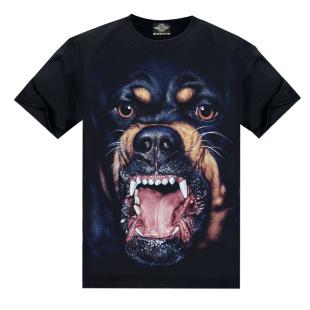Fabric is one of the important factors affecting the quality of clothing. Mastering fabric knowledge can help us better choose and understand the quality of clothing. Among them, the texture and weave of the fabric play an important role in determining the quality of clothing.
The grain of the fabric refers to the lines, patterns or textures present on the surface of the fabric. Different textures can give people different visual effects and tactile experiences. Some common fabric textures include plain weave (straight vertical and horizontal lines), twill weave (lines slanted at 45 degrees), satin weave (interwoven lines forming a smooth surface), etc. Different textures can affect the overall style and texture of clothing.
For example, plain weave fabrics usually have the characteristics of stable structure and wear resistance, and are suitable for making clothing for classic and formal occasions; while twill fabrics are more elastic and wear-resistant. Comfortable, suitable for making casual and sportswear; satin fabric gives a shiny and smooth touch, suitable for making clothing for high-end occasions such as dinner parties and formal wear. Therefore, understanding the texture of fabrics can help us choose appropriate fabrics according to our needs when buying clothes and improve the quality of clothes.
The weave of a fabric refers to the way the yarns are interwoven to form the fabric. Common weaving methods include plain weave, twill weave, satin weave, jacquard, knitting, etc. Different weaves determine the stretchability, strength and breathability of the fabric.
Plain weave is the simplest and most common weave. It adopts the method of interweaving vertical and horizontal straight lines. Common cotton fabrics, linen fabrics, etc. mostly use this weave. method, usually has a certain degree of breathability and comfort.
Twill weave is a diagonal interweaving of yarns at a 45-degree angle, which makes the fabric have better elasticity and ductility. Common denim, twill cotton, etc. mostly use this weaving method. The surface shows obvious diagonal lines and has good wear resistance.
The satin weave method uses dense weft threads interspersed with the warp threads, making the surface of the fabric smooth and showing a high gloss. Common silk, nylon and other fabrics mostly use this weaving method, which has a smooth and bright appearance.
The jacquard weave method forms a pattern or pattern by raising or lowering some of the weft threads. Jacquard fabrics are often used to make high-end clothing, such as printed fabrics, embroidery, etc.
The knitting method interweaves yarns together through knitting needle bars to form an elastic and soft fabric structure, which is suitable for making close-fitting clothing, sportswear, etc. .
In summary, understanding the grain and weave of fabrics is very important to improving the quality of clothing. Texture can affect the visual effect and hand experience of clothing, and the weave determines the performance characteristics of the fabric. By understanding the textures and weaves of different fabrics, we can more accurately choose fabrics that suit our needs, thereby improving the quality and comfort of clothing.






